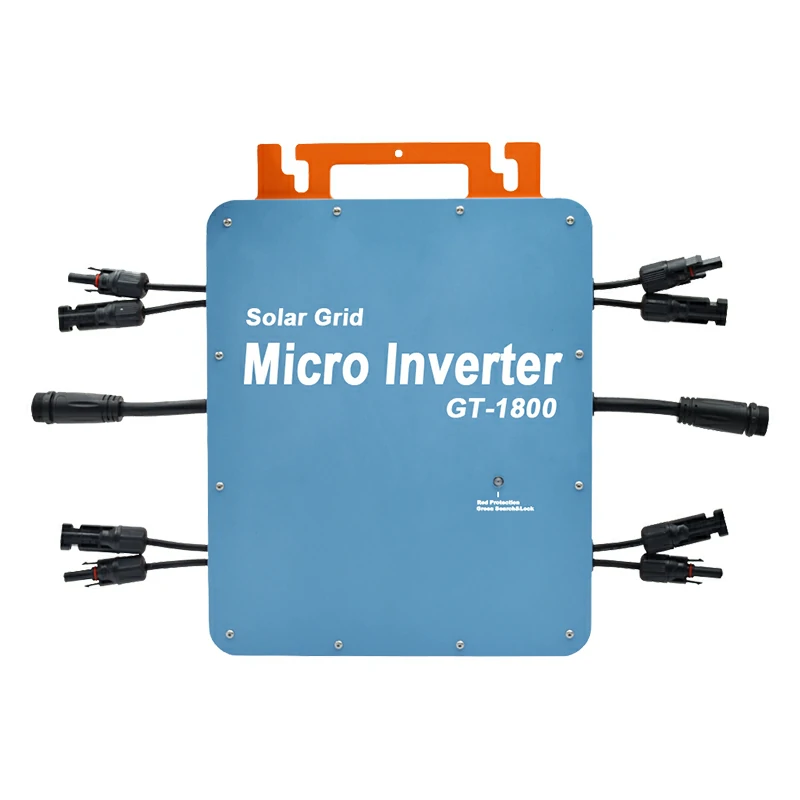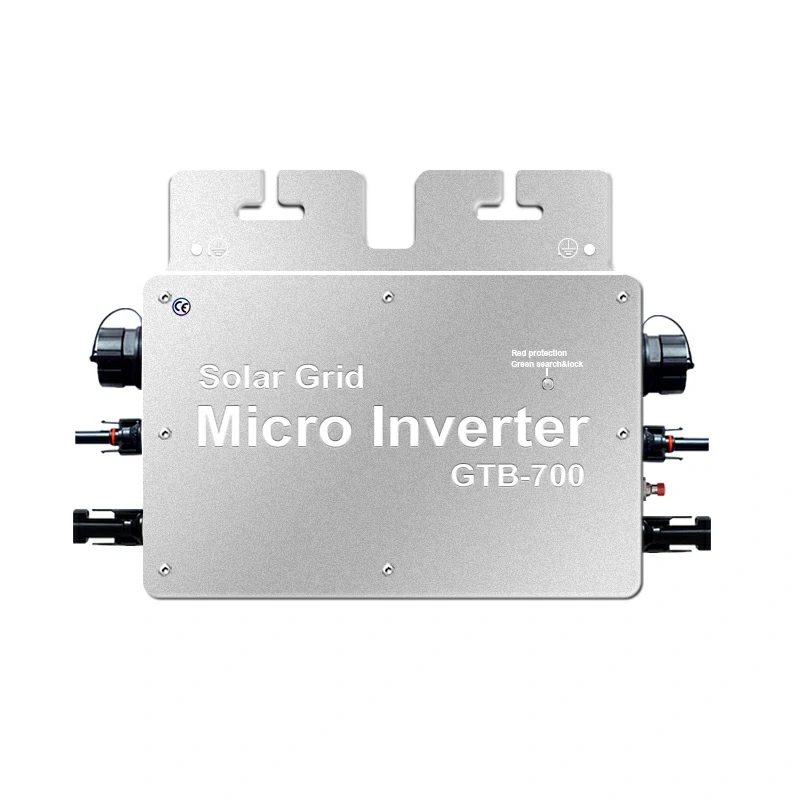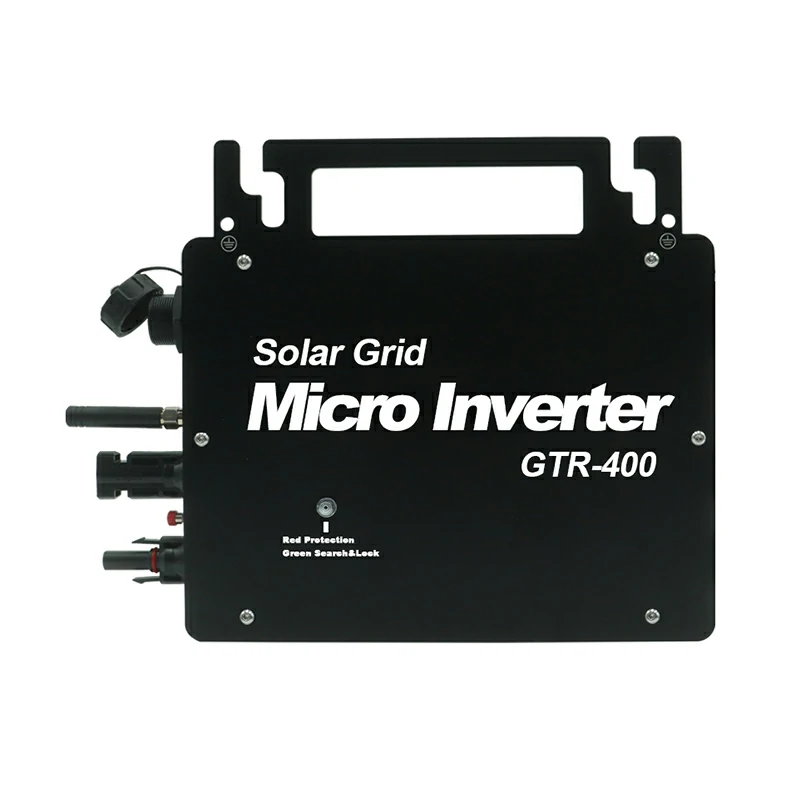Introduction
As the demand for renewable energy sources continues to rise, many homeowners are exploring solar energy systems as a viable option. Among the various components of solar energy systems, microinverters have gained popularity due to their unique advantages. Understanding how microinverters perform under different weather conditions is crucial for potential buyers considering a micro inverter solar panel system. This article will delve into the performance of microinverters in various weather scenarios, helping you make an informed decision.
Understanding Microinverters
Microinverters are devices that convert the direct current (DC) generated by individual solar panels into alternating current (AC), which can be used in homes or fed back into the grid. Unlike traditional string inverters, which connect multiple panels in series, microinverters operate independently for each panel. This design allows for greater efficiency and flexibility in energy production.
Advantages of Microinverters
- Individual Panel Optimization: Each micro inverter solar panel can operate at its optimal performance level, ensuring that shading or other issues affecting one panel do not compromise the entire system.
- Enhanced Monitoring: Microinverters provide real-time monitoring capabilities for each panel, allowing homeowners to track performance and identify issues quickly.
- Increased Energy Harvesting: By optimizing each panel’s output, microinverters can significantly increase overall energy production, especially in varied weather conditions.
Performance in Sunny Conditions
On sunny days, microinverters excel at maximizing energy production. With direct sunlight hitting the solar panels, each micro inverter can convert sunlight into electricity efficiently. This leads to higher overall energy output compared to systems using grid connected inverters, which may suffer from inefficiencies due to shading or mismatched panel performance.
Case Studies
For instance, installations using SunPower micro inverters have demonstrated significant increases in energy yield during peak sunlight hours. These systems can produce up to 25% more energy than traditional string inverter setups under optimal conditions.
Performance in Cloudy Weather
Cloudy weather presents a challenge for all solar energy systems; however, microinverters are designed to adapt effectively. When sunlight is diminished due to cloud cover, each micro inverter adjusts its output based on the available light. This capability ensures that even during overcast days, the solar panel system continues to generate electricity.
Statistical Data
Research indicates that systems equipped with micro inverters can maintain up to 90% of their peak output on cloudy days compared to traditional systems, which may see a more significant drop in performance due to their reliance on string configurations.
Performance During Rain and Storms
Rainy days can also impact solar panel efficiency; however, microinverters offer several advantages during these conditions. While rain may reduce the amount of sunlight reaching the panels, it can also help clean them off and improve their efficiency once the clouds clear.
Safety Features
Moreover, modern micro inverters come equipped with safety features that protect the system during storms. These devices are designed to disconnect from the grid during severe weather events, ensuring safety while maintaining system integrity.
Impact of Snow and Ice
Snow accumulation can pose challenges for solar panels; however, microinverter systems can mitigate some of these effects. The angle of installation often allows snow to slide off naturally, and when sunlight returns after a snowfall, micro inverters help maximize the melting process.
Performance Metrics
Performance metrics show that micro inverter solar panel systems tend to recover more quickly after snow events compared to traditional systems, which may be hindered by shading from snow-covered panels.
Temperature Extremes: Heat and Cold
Microinverters also perform well under temperature extremes. High temperatures can negatively affect solar panel efficiency; however, many modern micro inverter solar panels are designed with thermal management features that help maintain optimal operating temperatures.
Benefits of Cold Climates
Conversely, cold climates can enhance solar efficiency since cooler temperatures often lead to better performance. Microinverters allow homeowners in colder regions to take advantage of these conditions without sacrificing overall system performance.
Shading and Its Effects on Performance
One of the most significant advantages of using microinverters is their ability to handle shading effectively. In traditional string inverter setups, shading on one panel can drastically reduce the output of the entire string. In contrast, microinverters allow each panel to operate independently.
Strategies for Maximizing Output
This independent operation means that even if one panel is shaded by a tree or building, others can continue producing electricity at optimal levels. This capability is particularly beneficial in environments where shading is common.
Real-Time Monitoring and Adaptability
The real-time monitoring capabilities offered by microinverters provide another layer of advantage for homeowners. Users can track the performance of individual panels through smartphone apps or web interfaces.
Importance of Monitoring
This feature allows for quick identification of any issues that may arise due to changing weather conditions or equipment malfunctions. Homeowners can address problems promptly, ensuring maximum efficiency throughout varying weather scenarios.
Conclusion
In summary, microinverters demonstrate exceptional performance across different weather conditions. Their ability to optimize individual panel output ensures that homeowners benefit from increased energy production regardless of environmental factors. For those considering a micro inverter solar panel system, understanding these advantages is crucial for making an informed decision.




